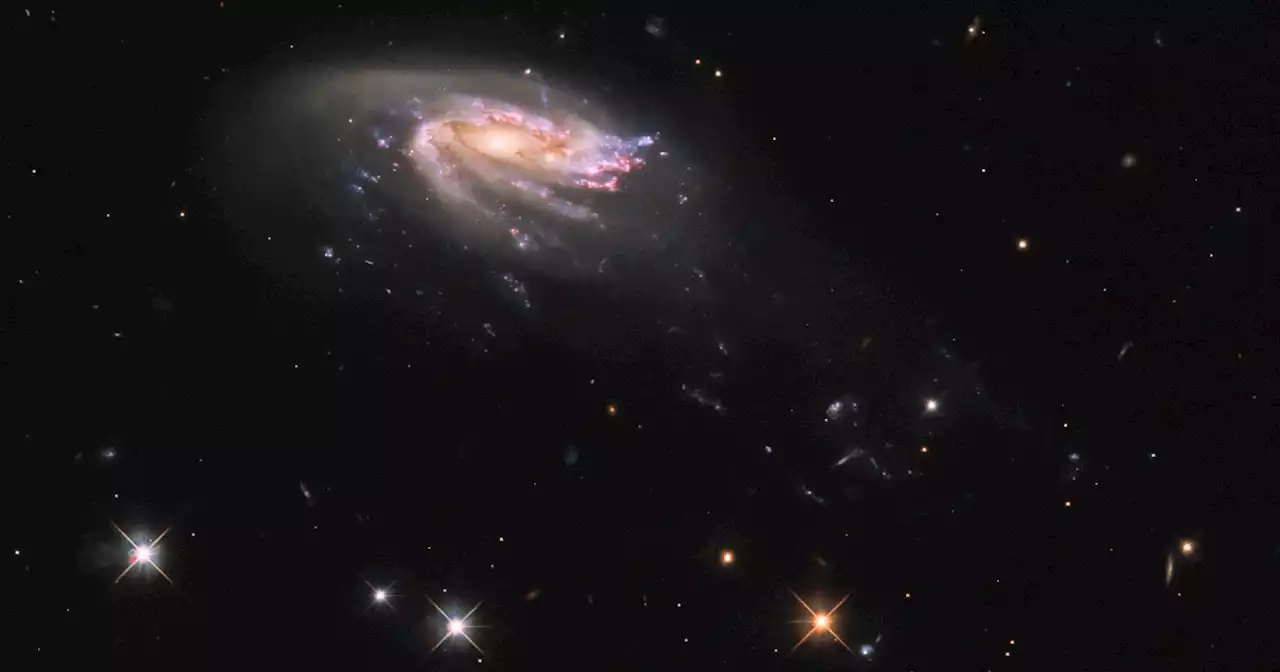This week's image from the Hubble Space Telescope shows an unusual type of galaxy named for its aquatic look-alike: a jellyfish.
This week’s image from the Hubble Space Telescope shows an unusual type of galaxy named for its aquatic look-alike: a jellyfish.
The jellyfish galaxy JO206 is shown below in an image taken using Hubble’s Wide Field Camera 3 instrument. Located 700 million light-years away, in the constellation of Aquarius, this image of the galaxy shows both the bright center of the galaxy and its long tendrils reaching out toward the bottom right. It is these tendrils that give jellyfish galaxies their names, and they are formed through a process called ram pressure stripping.
When a galaxy moves through a galaxy cluster, it isn’t just moving through empty space. It moves through diffuse clouds of plasma gas called the intracluster medium, which is hotter than the surrounding space outside the cluster. As the galaxy moves through this medium, it creates drag, which pushes gas out of the galaxy and causes it to form a long tail that trails behind the galaxy’s main body. These tails are the tendrils of the jellyfish galaxy.
Related Hubble has previously captured a number of other jellyfish galaxies, like JO201 and JW100. Hubble is often used to study these galaxies because of the high rates of star formation in their tails, as astronomers want to understand how star formation might differ when it occurs far away from a galaxy’s center. But it turns out that the process appears to be very similar, whether it occurs in the center of a jellyfish galaxy or at the edges of its tails.
Recommended Videos “The tentacles of jellyfish galaxies give astronomers a unique opportunity to study star formation under extreme conditions, far from the influence of the galaxy’s main disk,” Hubble scientists write. “Surprisingly, Hubble revealed that there are no striking differences between star formation in the disks of jellyfish galaxies and star formation in their tentacles, which suggests the environment of newly formed stars has only a minor influence on their formation.
United States Latest News, United States Headlines
Similar News:You can also read news stories similar to this one that we have collected from other news sources.
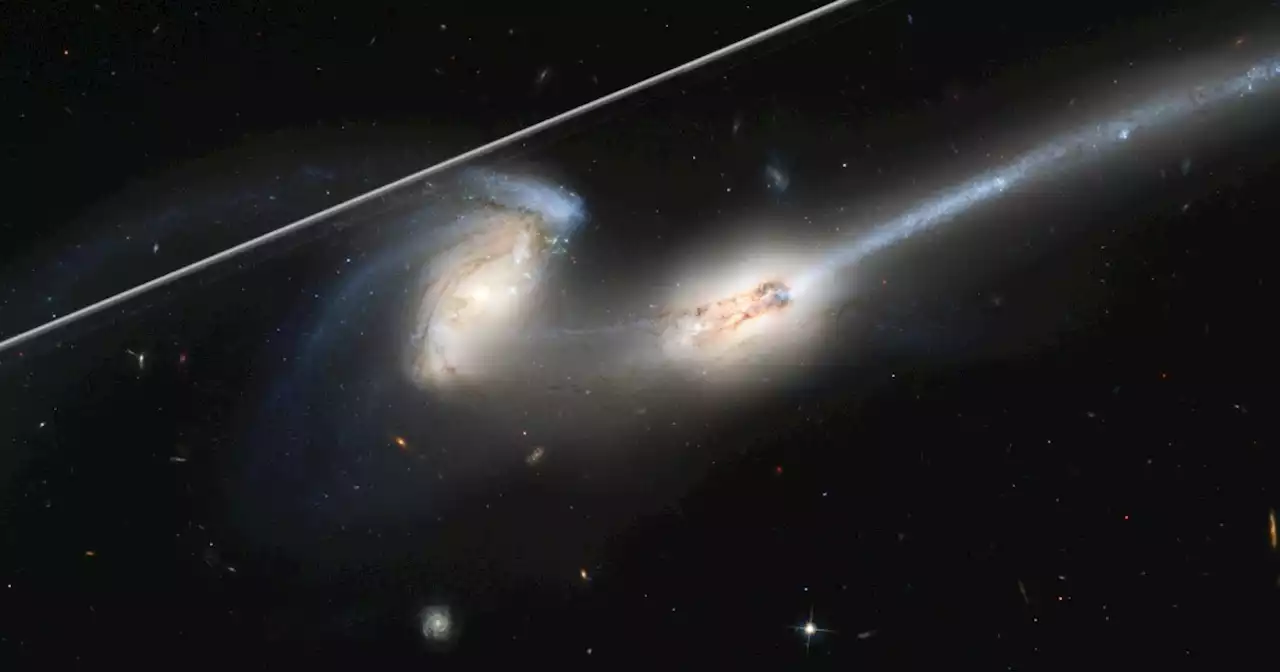 Hubble scientists create tool for erasing satellite trails | Digital TrendsAstronomers worry about how satellites could impact scientific research. Now, researchers have created a tool to deal with satellite streaks in Hubble images.
Hubble scientists create tool for erasing satellite trails | Digital TrendsAstronomers worry about how satellites could impact scientific research. Now, researchers have created a tool to deal with satellite streaks in Hubble images.
Read more »
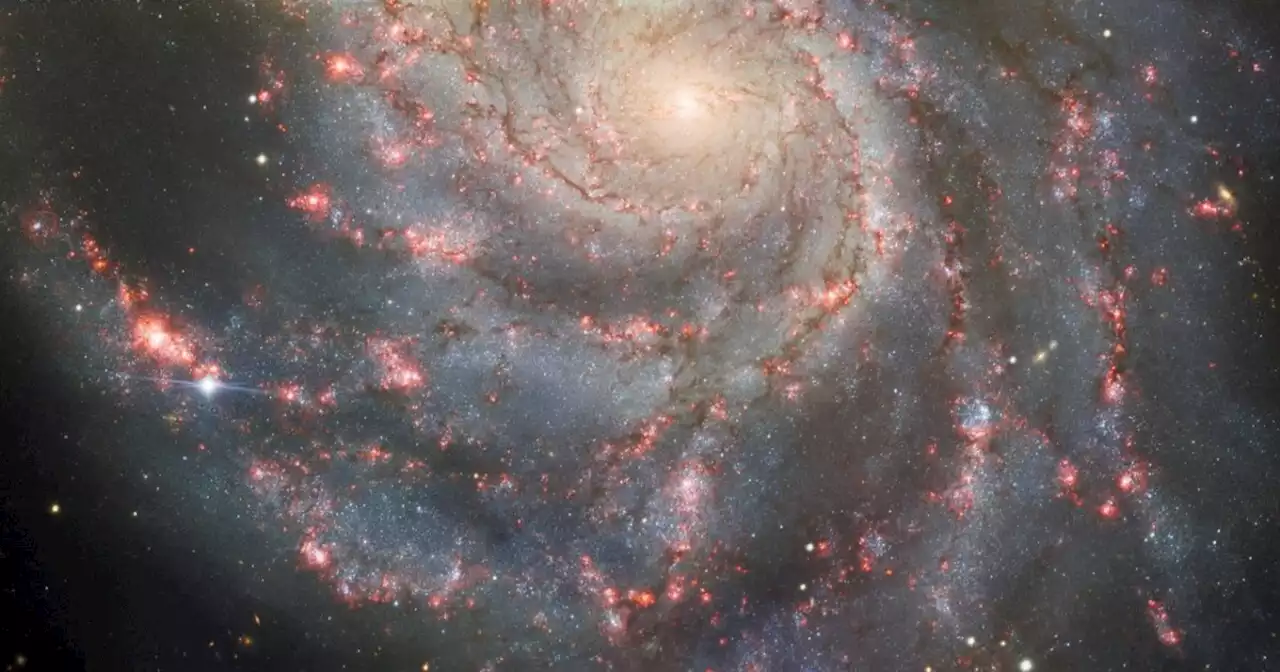 Gemini North telescope's chipped mirror has been repaired | Digital TrendsThe large GeminiNorth telescope suffered damage last year when its primary mirror was chipped. Now it's back and has captured an image of the Pinwheel Galaxy.
Gemini North telescope's chipped mirror has been repaired | Digital TrendsThe large GeminiNorth telescope suffered damage last year when its primary mirror was chipped. Now it's back and has captured an image of the Pinwheel Galaxy.
Read more »
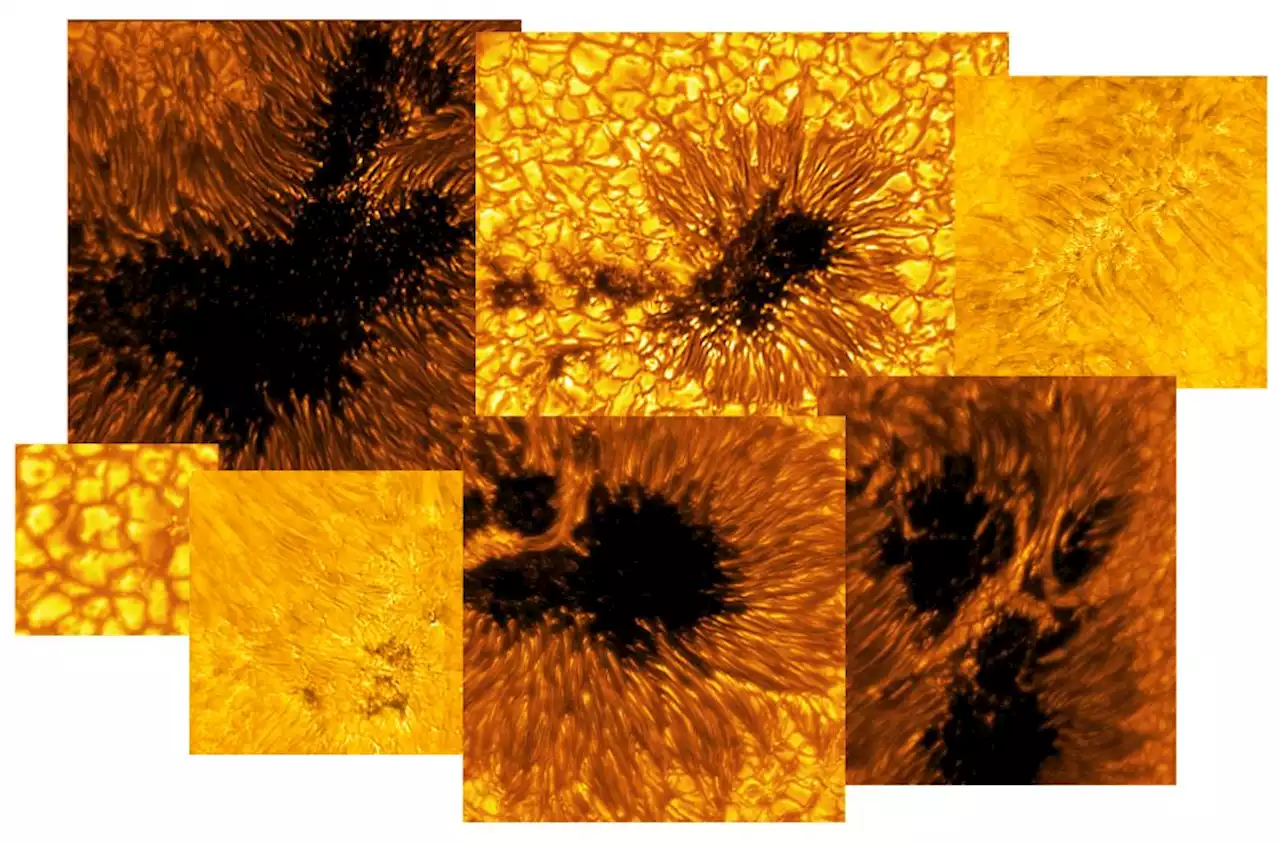 New Detailed Images of the Sun from the World’s Most Powerful Ground-Based Solar TelescopeOur Sun continues to demonstrate its awesome power in a breathtaking collection of recent images taken by the U.S. National Science Foundation’s (NSF’s) Daniel Inouye Solar Telescope, aka Inouye Solar Telescope, which is the world’s largest and most powerful ground-based solar telescope. These images, taken by one of Inouye’s first-generation instruments, the Visible-Broadband Imager (VBI), … Continue reading 'New Detailed Images of the Sun from the World’s Most Powerful Ground-Based Solar Telescope'
New Detailed Images of the Sun from the World’s Most Powerful Ground-Based Solar TelescopeOur Sun continues to demonstrate its awesome power in a breathtaking collection of recent images taken by the U.S. National Science Foundation’s (NSF’s) Daniel Inouye Solar Telescope, aka Inouye Solar Telescope, which is the world’s largest and most powerful ground-based solar telescope. These images, taken by one of Inouye’s first-generation instruments, the Visible-Broadband Imager (VBI), … Continue reading 'New Detailed Images of the Sun from the World’s Most Powerful Ground-Based Solar Telescope'
Read more »
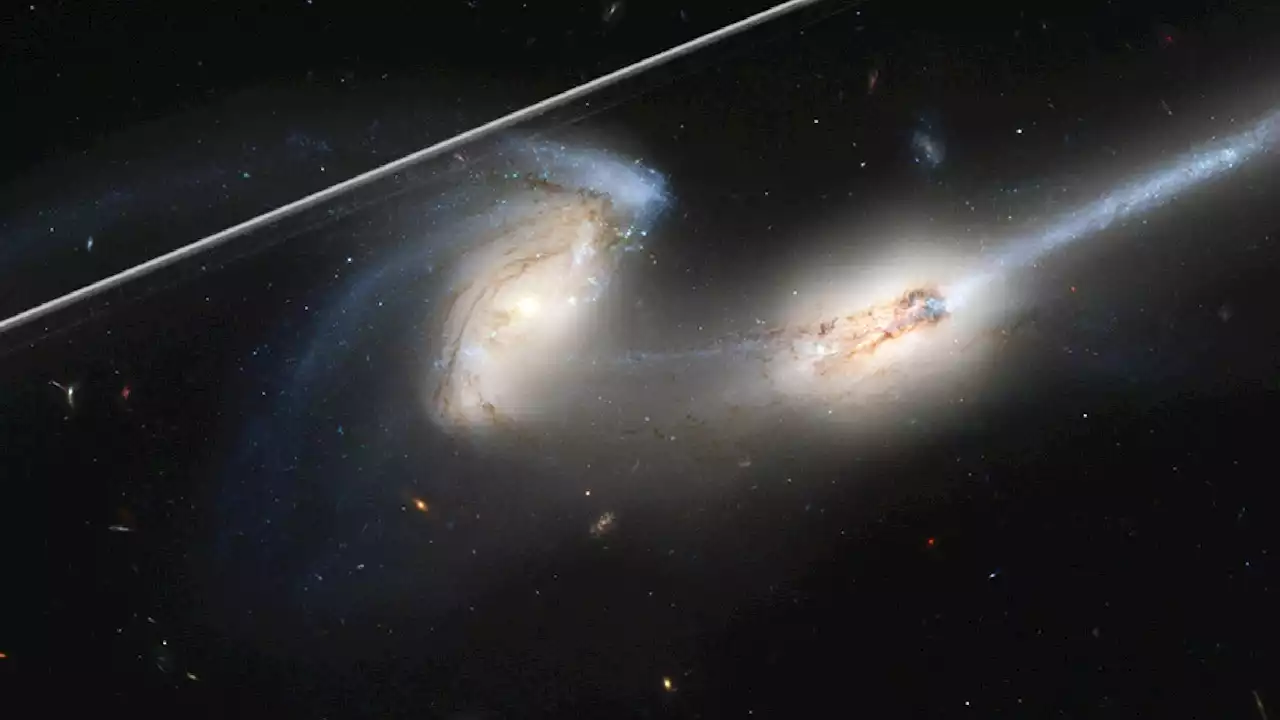 Scientists develop a new tool that cleans satellite trails from Hubble imagesThe Hubble Space Telescope is in a low-Earth orbit, meaning its snapshots are constantly photobombed by artificial satellites. Now, scientists are doing something about it.
Scientists develop a new tool that cleans satellite trails from Hubble imagesThe Hubble Space Telescope is in a low-Earth orbit, meaning its snapshots are constantly photobombed by artificial satellites. Now, scientists are doing something about it.
Read more »
 NASA begins 60th round of space artifact awards for schools, museumsA spacesuit glove, a model of the Hubble Space Telescope and instruments from a retired airborne observatory are among the space artifacts NASA is set to offer.
NASA begins 60th round of space artifact awards for schools, museumsA spacesuit glove, a model of the Hubble Space Telescope and instruments from a retired airborne observatory are among the space artifacts NASA is set to offer.
Read more »
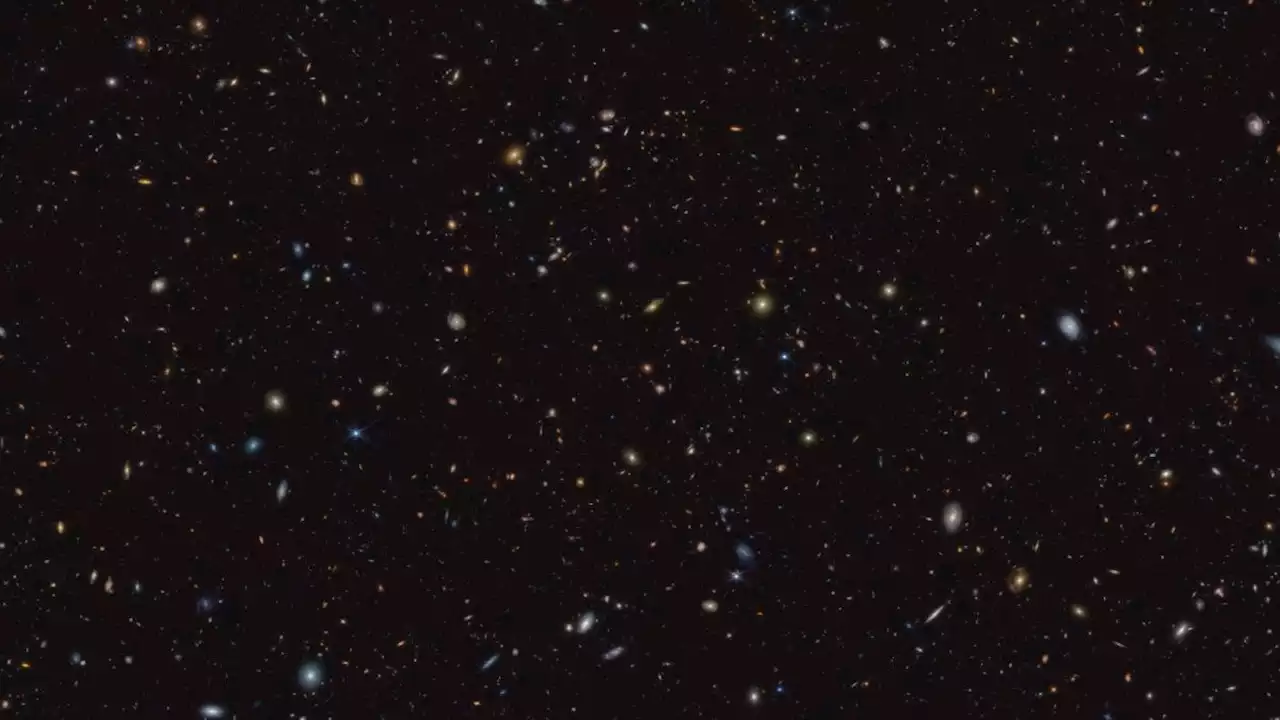 James Webb Space Telescope discovers 717 ancient galaxies that flooded the universe with 1st light93% of the newfound galaxies that Webb spotted had never been seen before.
James Webb Space Telescope discovers 717 ancient galaxies that flooded the universe with 1st light93% of the newfound galaxies that Webb spotted had never been seen before.
Read more »
